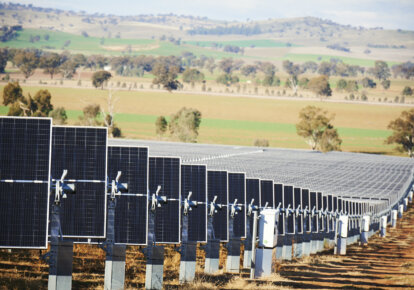Just a few weeks before the COAG Energy Council is due to meet on August 10 (2018), the National Energy Guarantee decisions paper has surfaced. It’s 39 pages so here’s a summary:
To recap, in June 2017 Australia’s Chief Scientist Dr Alan Finkel provided his final report on the security and reliability of the National Electricity Market (NEM) which ultimately lead to the government proposing the National Energy Guarantee (NEG). The Energy Security board is working on the proposed policy for the NEG and it must go through the COAG Energy Council before it can be approved.
There are three main topics the policy aims to address. These are affordability, emissions reductions and reliability.
The leaked document lists voluntary demand response as a key driver in lowering retail prices. For the ESB, voluntary demand response is when users choose to lower their demand on the market in response to price signals.
Their reasons focus on
- When customers are choosing to power down in response to higher spot prices, there’s no cost to the market
- It’s a flexible solution that doesn’t need any new infrastructure to be built
- At the moment, it’s a relatively untapped resource in Australia, with lots of space to grow
This highlights the importance for customers to be connected to the true price signals in the market and opens more opportunity for investment in technology to enable this.
Demand response will be recognised in line with other financial contracts meaning that customers will get more choice about how they want reliability, sustainability an affordability to be delivered.
The paper also suggests that the NEG will support the development of new generation however given the large volumes of utility scale renewables coming online – this could be questioned.
The paper claims that with the NEG spot prices will be more than 20% lower throughout the 2020s than they would be without it. However, the increase of renewable generation in the market is already projected to decrease spot price NEG or no NEG, so where is this further decrease coming from?
Emissions Guarantee
Much has been said about the emissions element of the NEG. Firstly, we need to remember that the target for renewables is set by the Federal Government – not the NEG. The Emissions Guarantee sets out a framework in which the target will be met.
Key points
- The NEG doesn’t stop state and territory governments setting their own targets but they would be counted on top of the Federal Target registry to ensure compliance.
- Retailers won’t be able to over deliver on their targets but they will be able to use a limited amount of carbon credits to meet their requirements.
- Behind the meter solar that is exported to the grid will also be counted, making those customers very appealing for retailers.
Reliability Guarantee
After plenty of stress about what the reliability element of the NEG would look like, it seems like the Energy Security Board (ESB) have listened to stakeholders about the practicality of implementing.
The reliability obligation is the obligation assigned to retailers to provide capacity to the market when it’s needed. This is to prevent high price events and black outs. It is unsure if the reliability obligation will be triggered in the future.
Key things to know
- Once triggered, retailers will need to buy contracts with generators to ensure there is enough power in the system during peak times. The framework is implementing processes to ensure that the market for contracts remains liquid.
- Because corporate renewable PPAs are effectively financial contacts they will be counted as qualifying contracts under the NEG. However, a firmness factor will be allocated to the plants according to their level of dispatchability and flexibility. This will be important in customer’s choice of projects for their PPAs.
There will be two forms of demand response under the NEG. The first will be under programs like the newly announced Wholesale Demand Response Mechanism in which market aggregators and retailers will be able to bid demand response capacity into the wholesale spot market. This is a new process and is yet to play out. The second is customers who choose to respond to price signals like many Flow Power customers. Our advice from the ESB is that this form of demand response will be shown as a lack of load rather than a response. What does that mean? It means these customers will not need to hedge if they do respond.
Next steps
If the COAG Energy Council approves the final design of the policy at its meeting on 10 August, there will be a further period of public consultation from mid-August to Mid-September. The draft legislation to incorporate the NEG will be drafted and introduced to the SA Parliament by the end of 2018. The necessary rules to implement the NEG would be made by the SA Energy Minister mid-2019.
Any questions? We’re here to help.
If you’re interested in learning more about the NEG, our friendly team are always available for a chat.
If you’re an existing Flow Power customer, please do not hesitate to reach out to your account manager.
If you’re not a Flow Power customer contact our friendly team today:
? 1300 08 06 08 (within business hours)
?️ Live chat message (within business hours via the chat button at the bottom of your screen)
Alternatively, you can submit your questions through our website contact form here.














